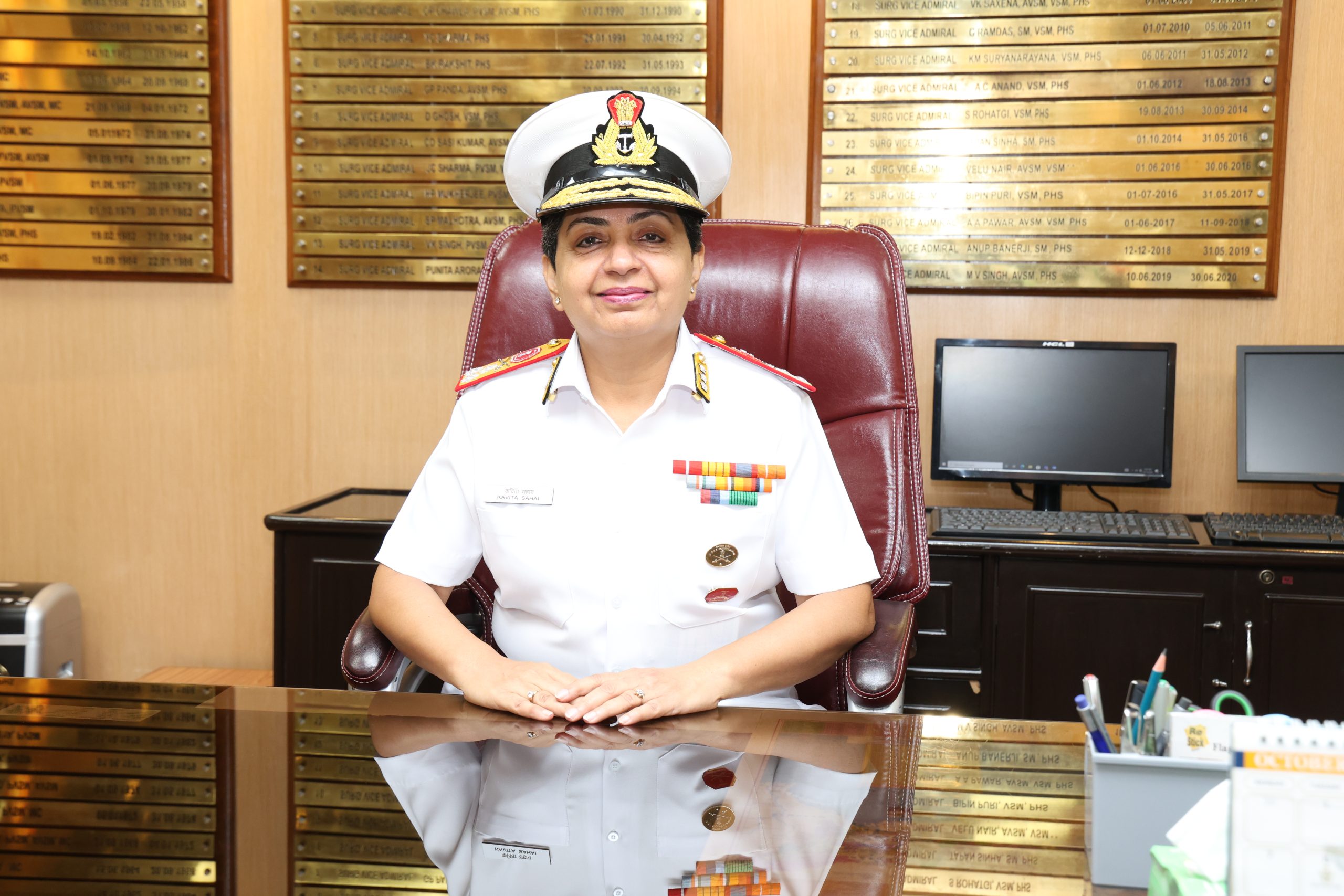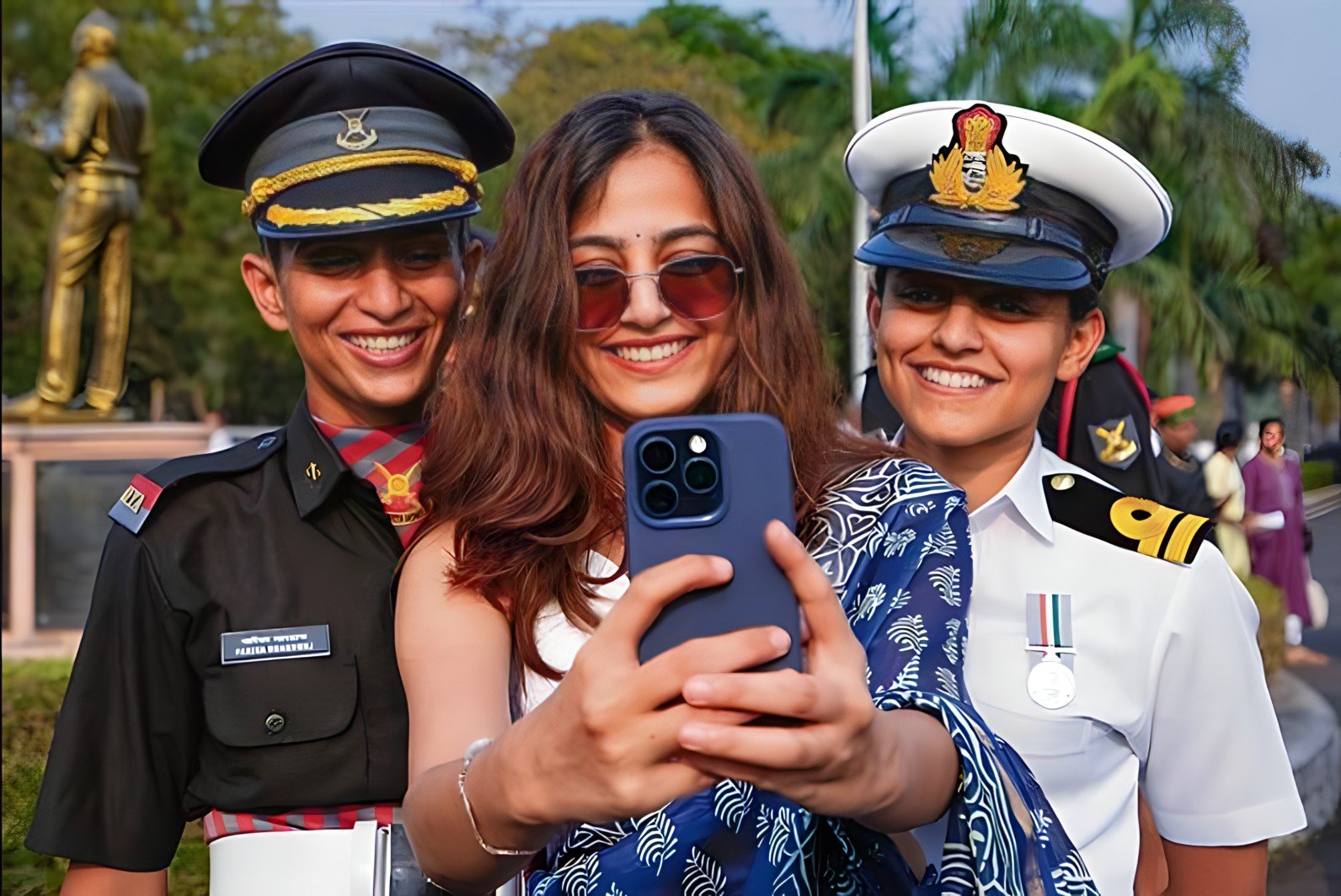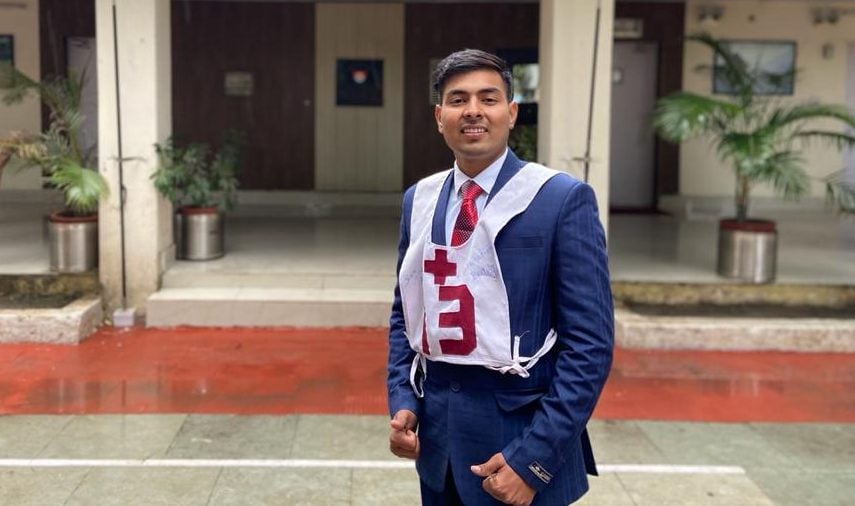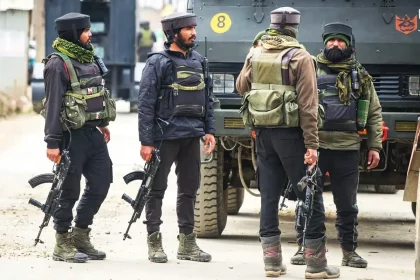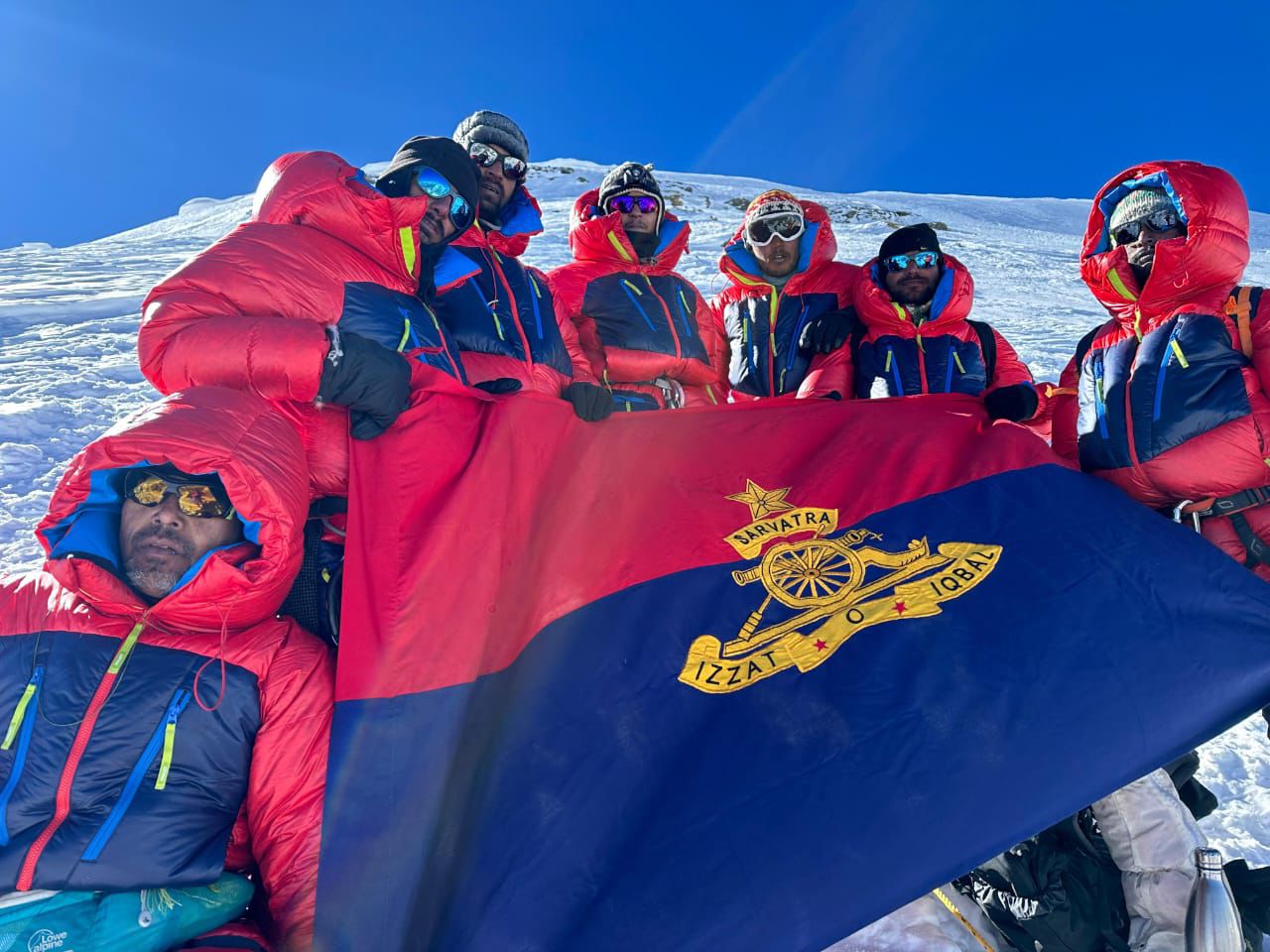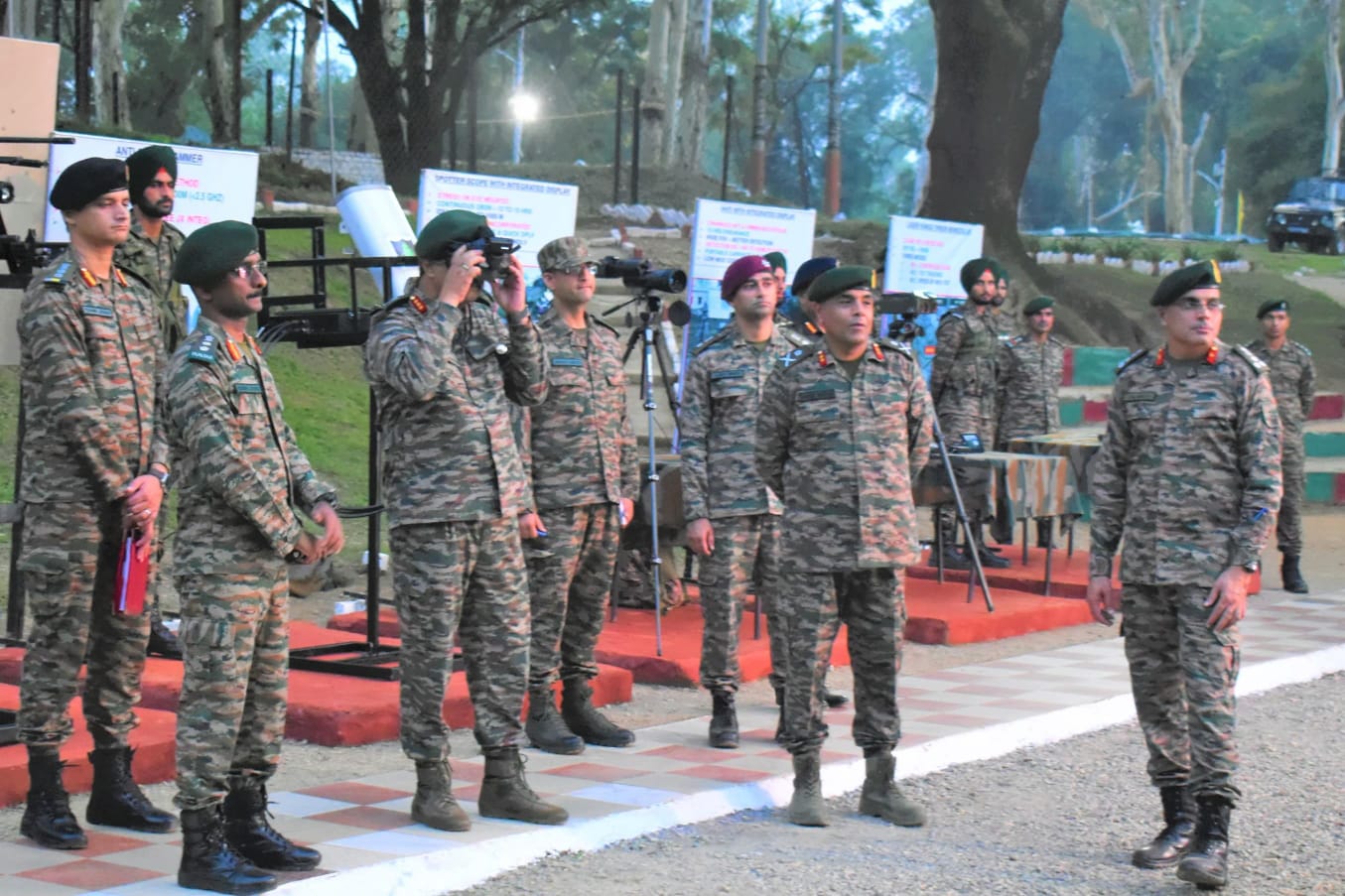Vice Admiral Kavita Sahai Takes Charge as Director General Medical Services (Navy)
In a significant milestone for the Indian Navy, Surgeon Vice Admiral Kavita Sahai, SM, VSM, assumed office as the Director…
OTA Chennai Lady Cadets: Training Process, Schedule & Routine
OTA Chennai Lady Cadets: Training Process, Schedule & Routine: The Officers Training Academy (OTA) in Chennai stands as a beacon…
100 Positive Word Association Test (WAT) Examples
In the context of an SSB (Services Selection Board) interview, the Word Association Test (WAT) is a psychological test that…
10 Things You Must Know About the Rashtriya Rifles (RR)
Rashtriya Rifles is a special counter-insurgency force of the Indian Army that was established in 1990. It is primarily tasked…
Indian Army’s Regiment of Artillery Scales Mount Satopanth Peak
Pushing the limits of human endurance and physical courage, a 26-member team from the Regiment of Artillery, led by Colonel…
GOC Kharga Corps Validates Operational Preparedness of Shivalik Brigade, Showcases New Initiatives
As part of the ongoing Year of Transformation for the Indian Army, the General Officer Commanding (GOC) of the Kharga…

